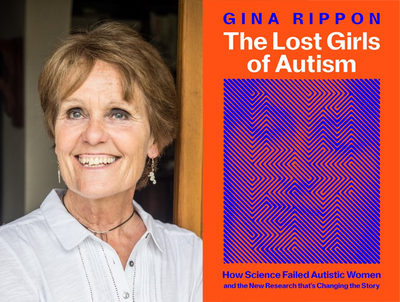True crime enthusiasts and forensic linguistics fans have a gripping new podcast to add to their playlists. Writing Wrongs, an original podcast from the Aston Institute for Forensic Linguistics (AIFL) at Aston University, provides a deep dive into how forensic language analysis plays a crucial role in solving crimes and improving the delivery of justice.
Hosts Professor Tim Grant and Dr Nicci MacLeod, leading experts in forensic linguistics, explore how police interviews and linguistic evidence played a key role in one of Britain’s most infamous miscarriages of justice. Throughout the series, they’ll explore real-life cases where forensic linguistics has played a pivotal role in solving crimes, joined by expert guests who reveal the fascinating - and sometimes chilling - ways language can expose the truth.
The first episode, Timothy Evans: A Case for Forensic Linguistics, launched on 7 March 2025, 75 years after Timothy Evans’ wrongful conviction and subsequent execution (9 March 1950). The Timothy Evans case was instrumental in the UK’s decision to abolish the death penalty, raising critical questions about police interviewing techniques, false confessions and linguistic analysis in legal proceedings.
In 1950, Evans was convicted and later hanged for the murder of his baby daughter, Geraldine, while his wife, Beryl Evans, was also presumed to be his victim. However, three years later, his neighbour at 10 Rillington Place, London, John ‘Reg’ Christie, a former police officer, was exposed as a serial killer, responsible for at least eight murders – and almost certainly including Geraldine and Beryl Evans. Despite evidence casting doubt on Evans’ guilt, he was executed before Christie’s crimes came to light. This case was instrumental in the early development of forensic linguistics, as experts later analysed Evans’ police confessions to expose inconsistencies.
Tim Grant, professor of forensic linguistics at Aston University, said:
“We are delighted to launch Writing Wrongs with this episode focussing on the wrongful conviction and execution of Timothy Evans. This episode clearly shows how language analysis can provide evidence to help resolve one of the most controversial cases in British legal history.
“In other episodes we show how contemporary forensic linguists are making contributions to the delivery of justice in cases of murder, rape and terrorism. In each case we discuss with a linguist how they assisted, and demonstrate how providing linguistic evidence to the courts can exonerate or incriminate and change the outcome of cases.”
Dr Nicci MacLeod, deputy director of the Aston Institute for Forensic Linguistics, said:
“This is the origin story for forensic linguistics, a phrase first coined by Jan Svartvik in his 1968 publication analysing the Evans statements.
“Svartvik was able to show that there were clear differences in the language style of the incriminating sections of Evans’ ‘confession’, and other parts of the statements he gave to police.
“One feature Svartvik focused on was the use of the word ‘then’ positioned after the subject of a clause, as in “I then came upstairs”, as opposed to what we might consider the more usual ordering of “then I came upstairs”. This is a feature of ‘policespeak’, and was also identified in the infamous Derek Bentley confession by Malcolm Coulthard some years later.”
The first three episodes of the eight-part series of Writing Wrongs are available now on Spotify, Apple Podcasts and all major podcast platforms. They include a bonus episode with the author, Kate Summerscale ('The Suspicions of Mr Whicher' and 'The Queen of Whale Cay'), about her latest book ‘The Peepshow: The Murders at 10 Rillington Place’ and an episode featuring Dr Isobelle Clarke, which shows how a series of forensic authorship analyses assisted in the investigation and conviction of a terrorist who planted a pipe bomb in Edinburgh in 2018.
Listeners are encouraged to follow, share and engage with the hosts by submitting their forensic linguistics questions. Whether it’s about the cases covered or broader issues in forensic linguistics, Professor Grant and Dr MacLeod welcome enquiries from listeners.
Future episodes will be released on the first Friday of the month with episode four, Foreygensic Lingeyguistics: Cracking the Killer’s Code, dropping on 4 April 2025.





